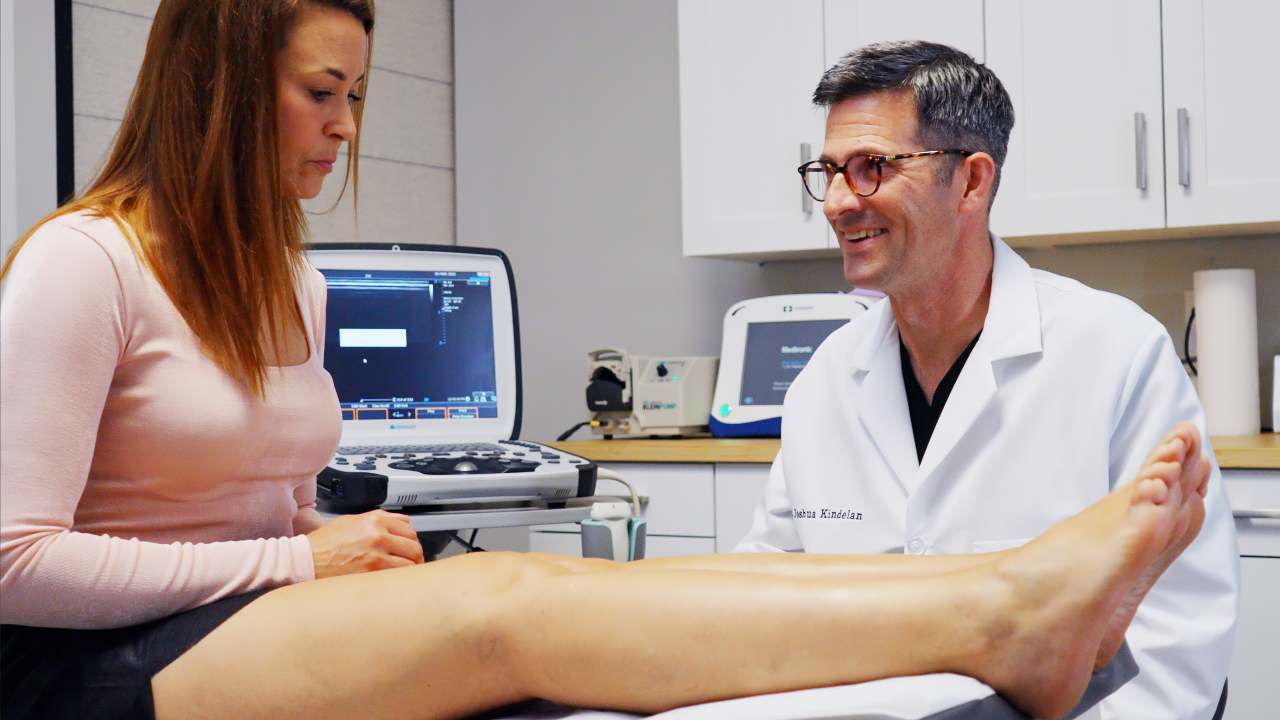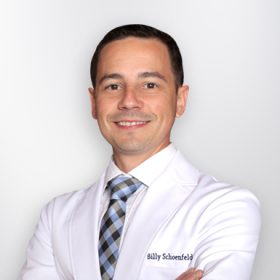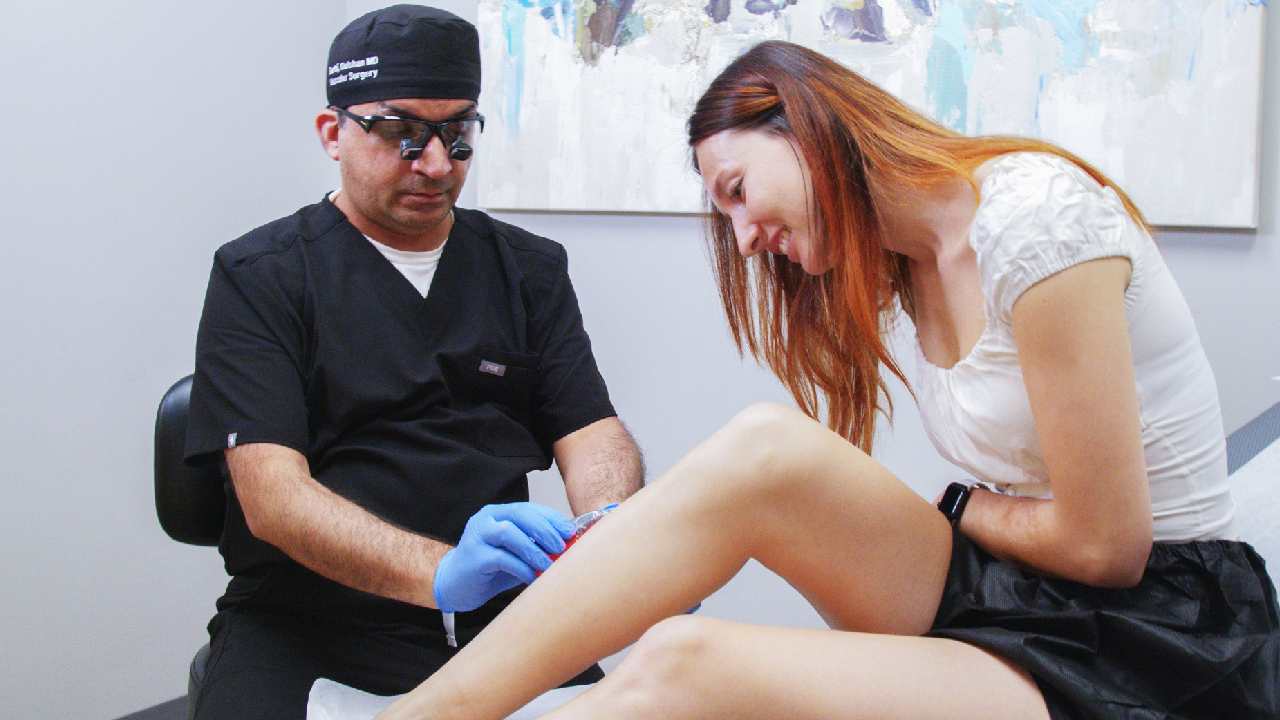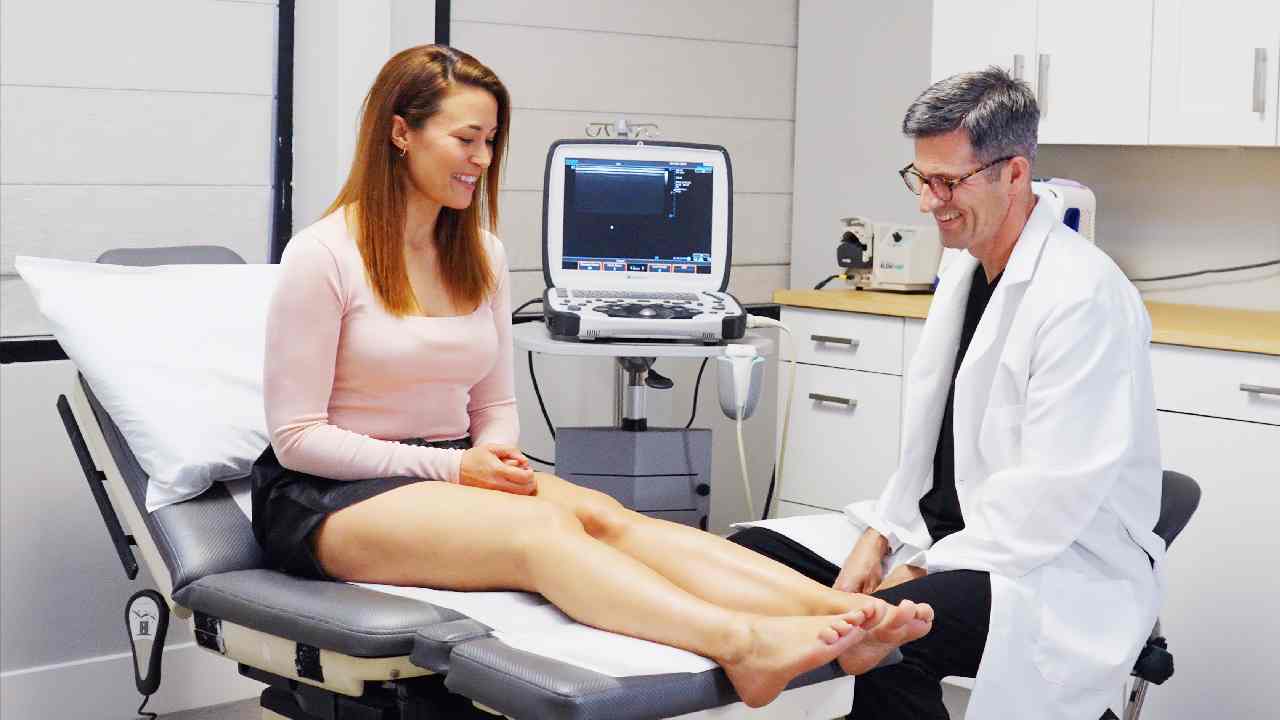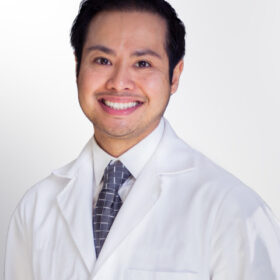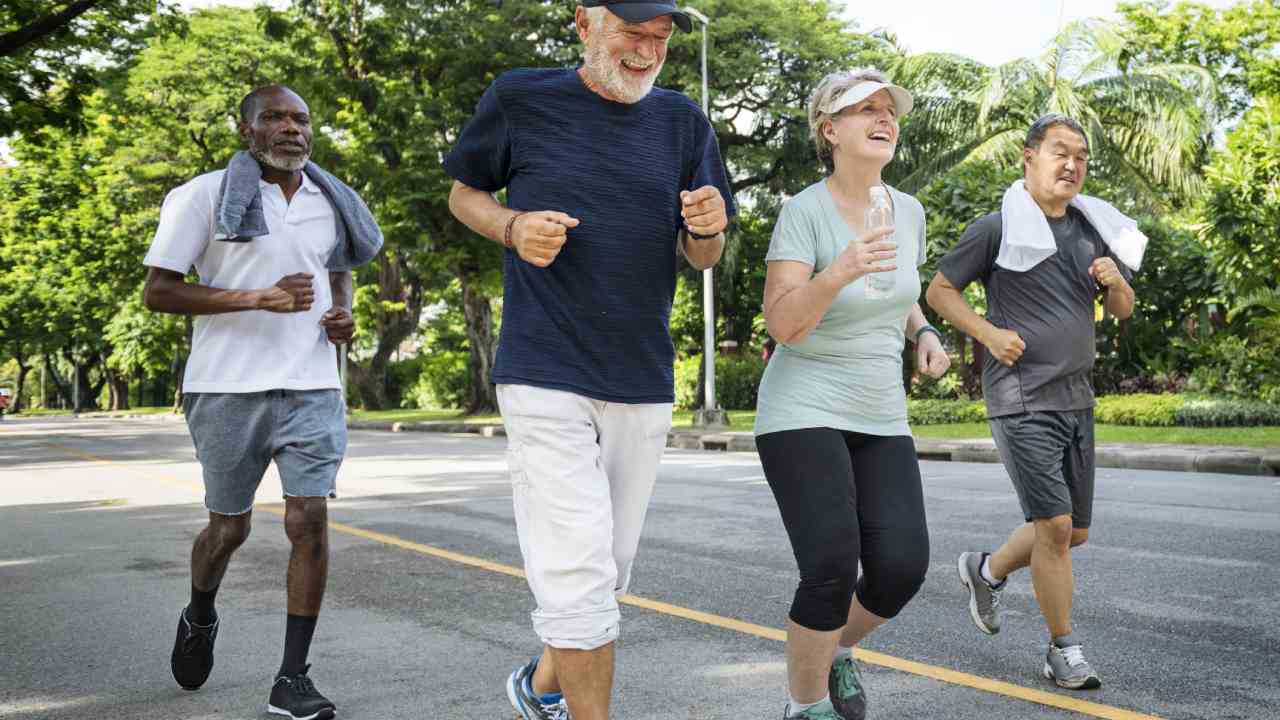
How to Get Rid of Veins on Legs? Expert Tips and Treatments
Do you feel self-conscious about the veins on your legs, especially when wearing shorts or a swimsuit? Whether it’s spider veins, which appear as thin, red, or blue lines on your skin, or varicose veins, which are larger, bulging veins that can cause pain and discomfort, these issues can affect your appearance and confidence. If you’re experiencing swelling, aching, or visible veins that worsen over time, you might wonder, “How can I get rid of veins on my legs?”
At Vein Treatment Clinic, we understand the frustration of dealing with these veins and their symptoms. Our team of board-certified vein doctors, who are trained in the latest minimally invasive vein treatments, are ready to help you understand the causes of these veins and find the best vein treatment options to give you relief. Whether you’re dealing with spider veins or the painful effects of varicose veins, we’ve got you covered.
First, You Must Understand the Root Cause of Spider Veins and Varicose Veins
Before deciding on a treatment, it’s crucial to understand why you’re experiencing vein issues. Both spider veins and varicose veins are typically caused by chronic venous insufficiency, a condition where your veins aren’t functioning properly. In healthy veins, one-way valves prevent blood from flowing backward. However, if these valves weaken or become damaged, blood can pool in the veins, causing them to stretch and bulge, leading to the visible veins you see.
Varicose veins are larger, and their symptoms can include aching, swelling, and a feeling of heaviness in your legs. Spider veins, on the other hand, are smaller and closer to the skin’s surface, but can still be a source of cosmetic concern. Poor blood circulation is often the main cause behind both conditions. Factors such as pregnancy, obesity, prolonged standing or sitting, and a family history of vein problems can increase your risk.
Tips to Manage the Symptoms of Venous Insufficiency
While treatments are available to help get rid of veins on the legs, managing the symptoms of venous insufficiency is also important. Although these changes won’t eliminate the veins themselves, they can help alleviate some of the discomfort.
- Elevate Your Legs: Elevating your legs above the level of your heart can improve circulation and reduce swelling, one of the most common symptoms of venous insufficiency. By doing this, gravity helps blood flow back to your heart rather than pooling in your veins.
- Wear Compression Stockings: Compression stockings apply gentle pressure to your legs, improving circulation and reducing swelling. They help the veins push blood back toward the heart more efficiently. You can find different levels of compression, so it’s important to speak with a healthcare provider to find the right fit for your needs.
- Maintaining a Healthy Weight: Carrying excess weight places added pressure on your veins, particularly the legs. If you’re overweight, losing even a small amount of weight can improve circulation and reduce the burden on your veins. Pairing this with a healthy diet and regular exercise can further enhance the results.
- Avoid Prolonged Sitting or Standing: Standing or sitting for long periods can put pressure on your veins and worsen symptoms. To improve circulation, try to take breaks and move around every 30 minutes, whether by walking, stretching, or doing simple leg exercises.
- Stay Active: Regular physical activity is one of the best ways to prevent and manage venous insufficiency. Walking, swimming, and cycling are excellent low-impact exercises that can improve blood flow and strengthen the muscles that support your veins.
The Best Minimally Invasive Vein Treatments
If you’re seeking a more permanent solution to get rid of veins on your legs, there are several minimally invasive vein treatments that can address both the cosmetic and functional aspects of vein issues. Here’s a breakdown of the vein treatments we offer at Vein Treatment Clinic:
- Escleroterapia: Sclerotherapy is a widely used treatment for both spider veins and small varicose veins. During the procedure, a solution is injected directly into the affected veins, causing them to collapse and fade from view. It’s an effective treatment for cosmetic improvement and offers minimal downtime.
- Endovenous Laser Ablation (EVLA): Endovenous laser ablation uses heat from a laser to close off the affected vein. It’s most often used for larger varicose veins. A tiny catheter is inserted into the vein, and the laser energy is applied, causing the vein to shrink and eventually be absorbed by the body.
- Radiofrequency Ablation (RFA): Similar to EVLA, radiofrequency ablation uses heat to close off varicose veins. The difference lies in the type of energy used: radiofrequency rather than laser. This procedure is equally effective in treating larger veins and offers a fast recovery time. Most patients experience significant improvement in symptoms.
- VenaSeal: VenaSeal is a relatively new treatment that uses medical adhesive to seal the veins shut. Unlike laser or radiofrequency treatments, VenaSeal doesn’t require tumescent anesthesia. The procedure is quick, with minimal discomfort and no need for compression stockings afterward. It’s ideal for patients who want a fast and effective solution.
- ClariVein: ClariVein is a hybrid treatment that combines mechanical and chemical techniques to close varicose veins. A catheter is inserted into the vein, and the vein doctor uses the catheter to rotate inside the vein while injecting a solution to close it off. This technique is highly effective for treating large, tortuous varicose veins.
FAQs
Do varicose veins go away on their own?
Do varicose veins go away on their own? Varicose veins typically don’t go away on their own. They can worsen over time, leading to more serious symptoms like pain, swelling, and blood clots. Vein treatments like sclerotherapy or endovenous laser ablation can effectively close off varicose veins, providing long-term relief.
Can varicose veins go away without treatment?
Can varicose veins go away without treatment? Varicose veins usually do not go away without treatment. While lifestyle changes can help manage symptoms, medical treatments are needed to remove or close the veins completely. Contact us to verify your insurance details and explore vein treatment options.
In conclusion, if you’re looking for effective solutions on “how to get rid of veins on legs,” Vein Treatment Clinic offers a range of minimally invasive spider vein and varicose vein treatments that can provide lasting relief. Our experienced vein doctors are ready to help you achieve healthier legs. Contact us to schedule a consultation at your nearest vein treatment clinic.
FEATURED POSTS BY VEIN DOCTORS









